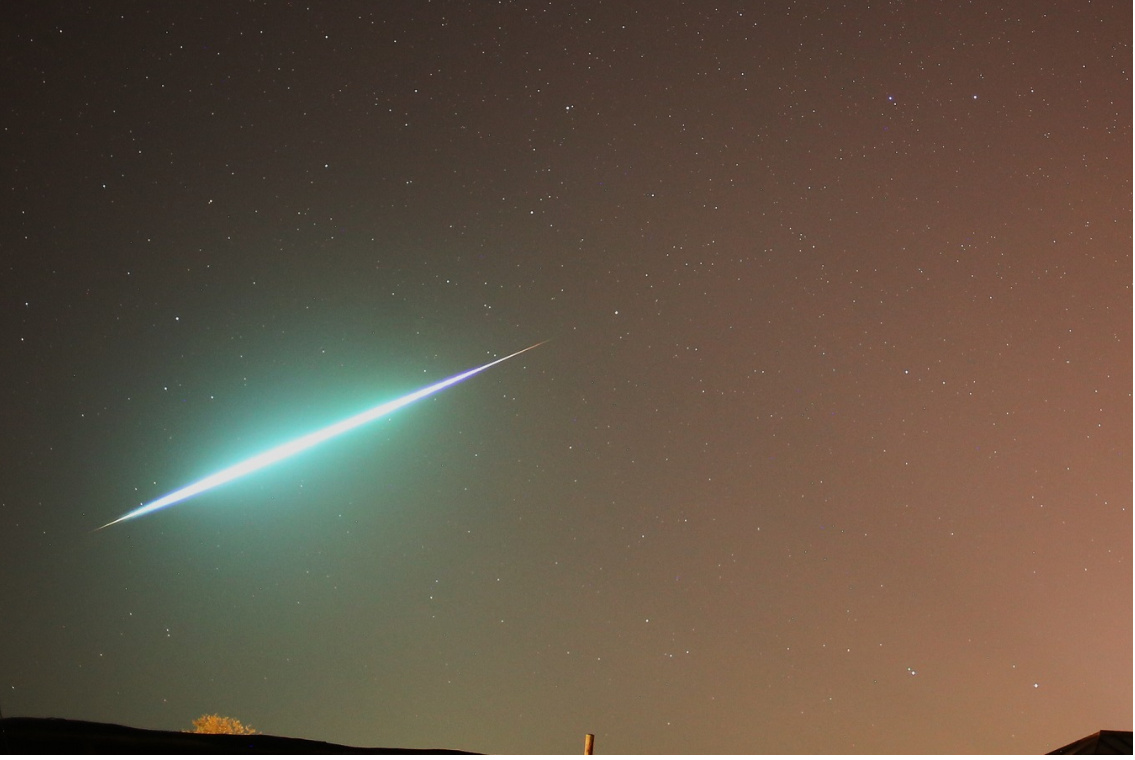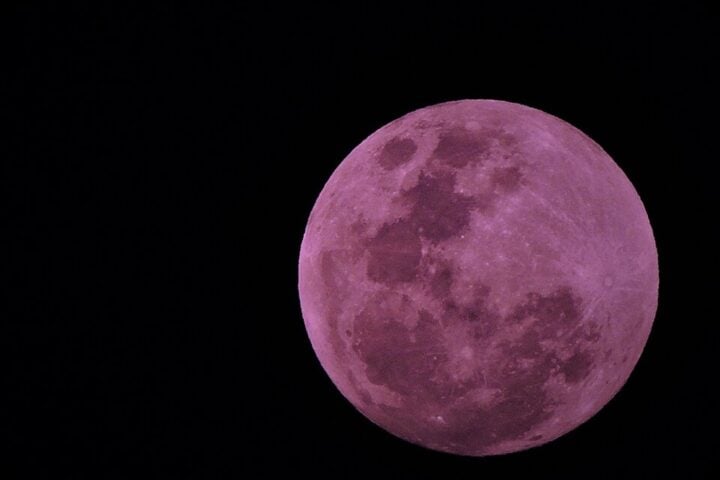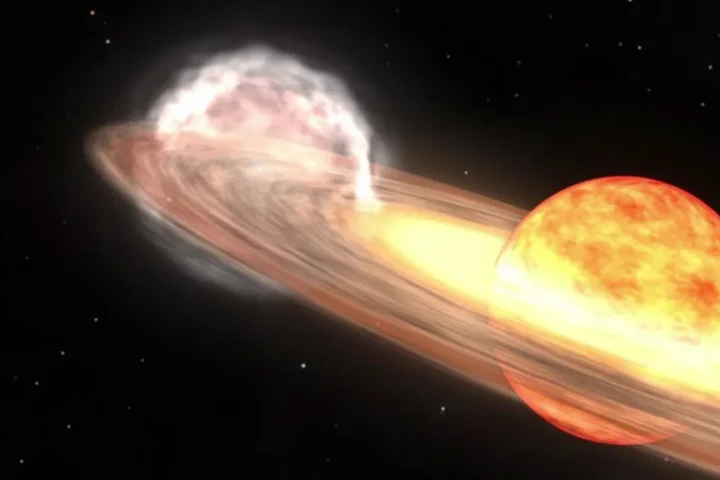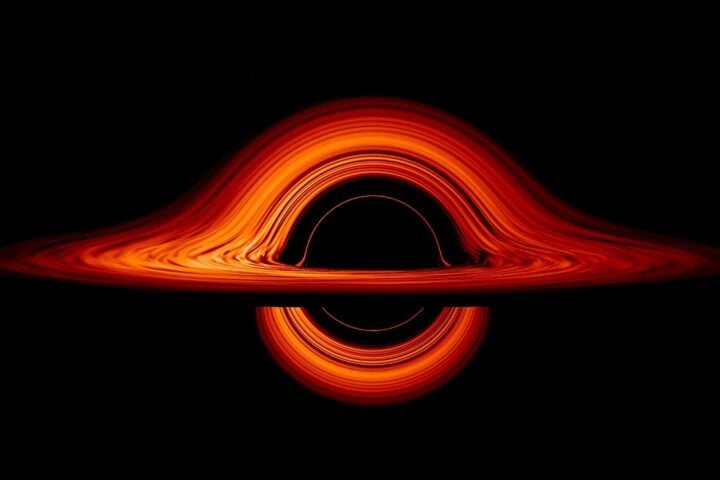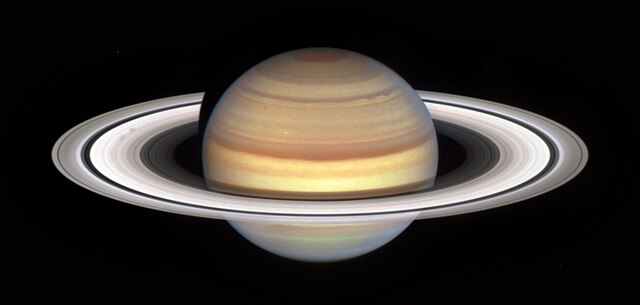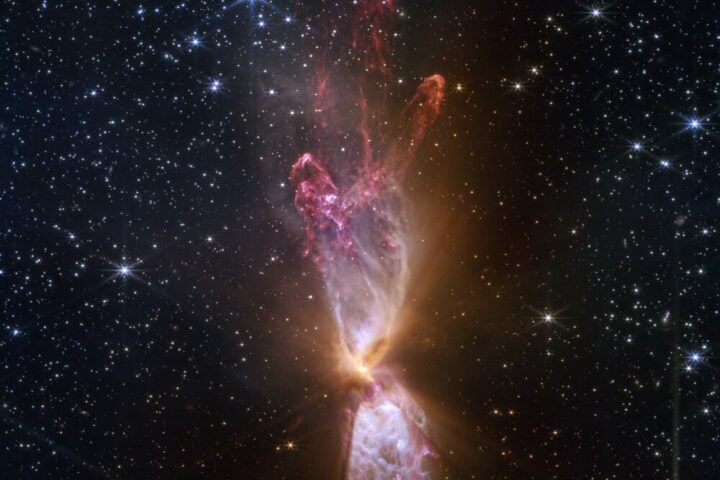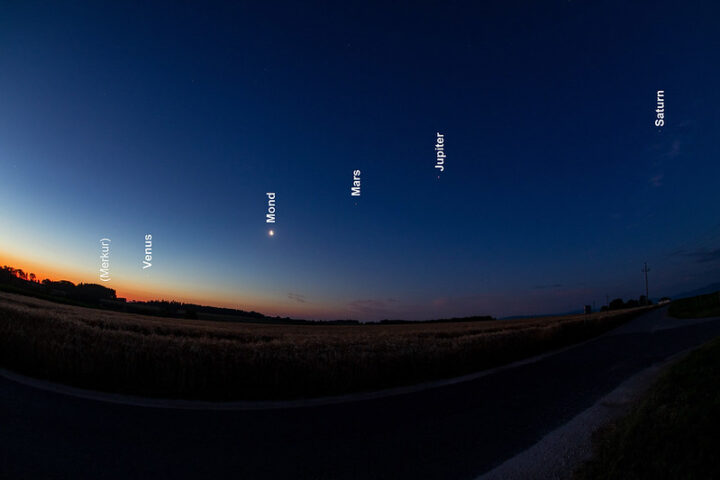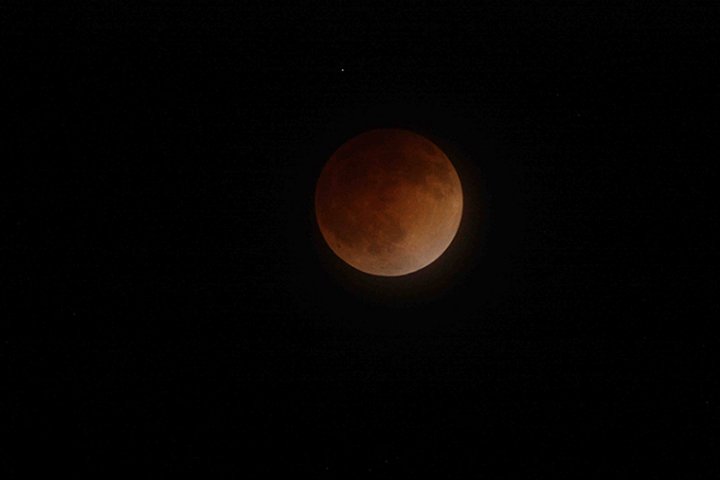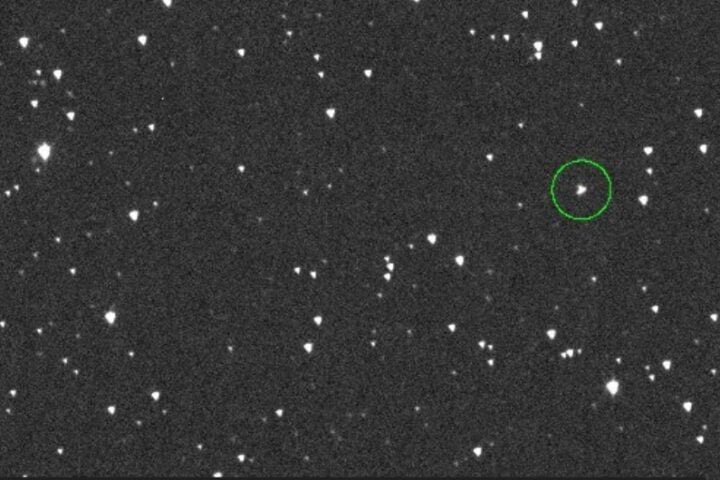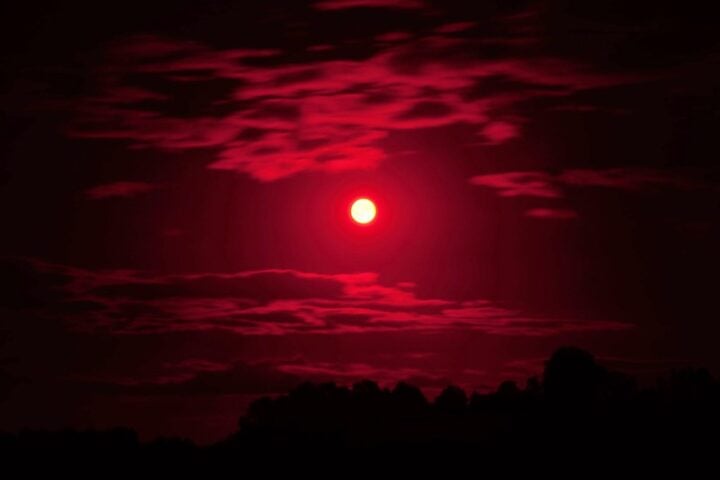The Alpha Centaurids meteor shower, which peaked this past weekend on February 8-9, continues lighting up southern skies through February 20th, 2025. Unlike regular annual meteor showers, this event is special because it doesn’t appear every year, making each appearance valuable for sky watchers.
“Finding a dark sky location is crucial for optimal viewing,” explains Robert Lunsford from the International Meteor Organization. “Recent video data from the southern hemisphere still needs to confirm this year’s shower strength.” This uncertainty makes careful observation particularly important for understanding the shower’s behavior.
Location plays a key role in what you’ll see. Early morning viewers in tropical southern locations could spot up to 16 meteors per hour because they’re positioned better to see the area of sky where these meteors appear. Northern observers see fewer meteors, around 8 per hour, as the shower appears lower on their horizon. Evening watching brings even fewer sightings, dropping to 2-3 meteors per hour when the shower’s origin point is just rising in the sky.
Tomorrow night, February 12th, brings a full moon, which creates viewing challenges. The bright moonlight washes out fainter meteors much like how city lights make it harder to see stars. For best viewing, look during the dark window between moonset and dawn – this timing works because the shower’s origin point is highest in the sky around 5:00 AM local time.
The Alpha Centaurids stand out for their speed – they enter Earth’s atmosphere at 59 kilometers per second. This high velocity means they often create bright, swift streaks that are easier to spot than slower meteors. To identify an Alpha Centaurid, look for fast-moving meteors that seem to come from the direction of Centaurus, near the bright star Hadar.
People living north of 30 degrees latitude won’t see this shower because Earth’s curve blocks their view of the southern sky where these meteors appear. However, southern hemisphere observers get an excellent view as the shower appears higher in their sky.
Other meteor activity adds to the night sky show. The Anthelion meteors, visible from everywhere, offer 1-2 meteors per hour. These move more slowly, making them easier to track with the eye. The February Hydrids, active from February 9-17, move even more slowly at just 16 kilometers per second – when you see a very slow meteor during these dates, it might be a Hydrid.
Sporadic meteors – random space debris entering our atmosphere – provide additional activity. Early morning skygazers might catch 6-10 of these per hour, while evening watchers might see one or two. These can appear anywhere in the sky and move at various speeds.
Success in seeing meteors depends on several factors. The International Meteor Organization recommends:
- Giving your eyes at least 30 minutes to adjust to darkness
- Looking at an angle away from the moon when it’s up
- Finding a location away from artificial lights
- Being patient, as meteor activity comes in random bursts
Similar Posts
The actual number of meteors you’ll see varies based on your location’s light pollution, weather conditions, and personal eyesight sensitivity. Even in perfect conditions, experience in knowing where and how to watch makes a big difference.
This shower helps astronomers track how meteor streams change over time. Each observation contributes to understanding these celestial visitors, making every viewing session valuable for both casual watchers and serious observers.
